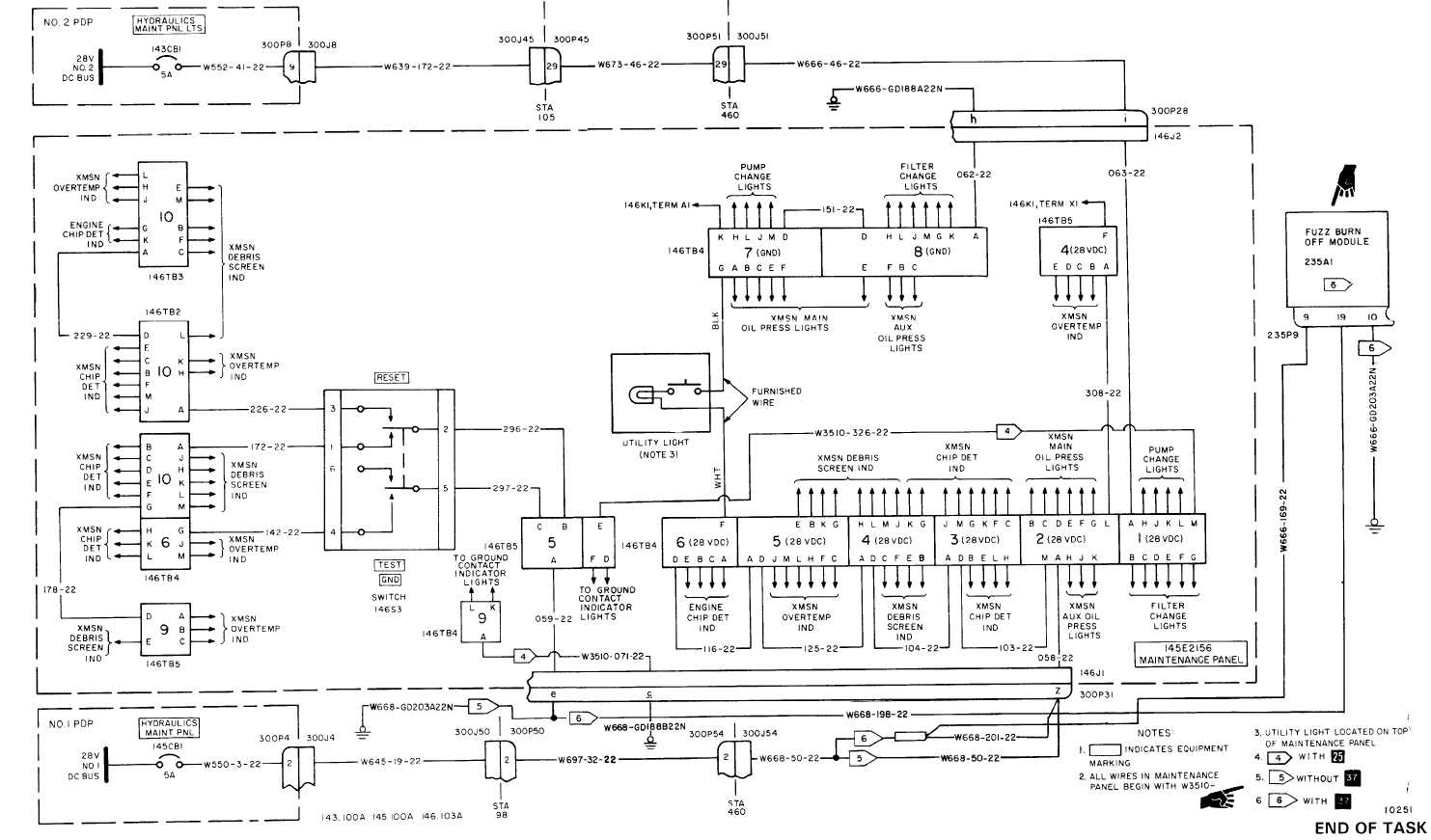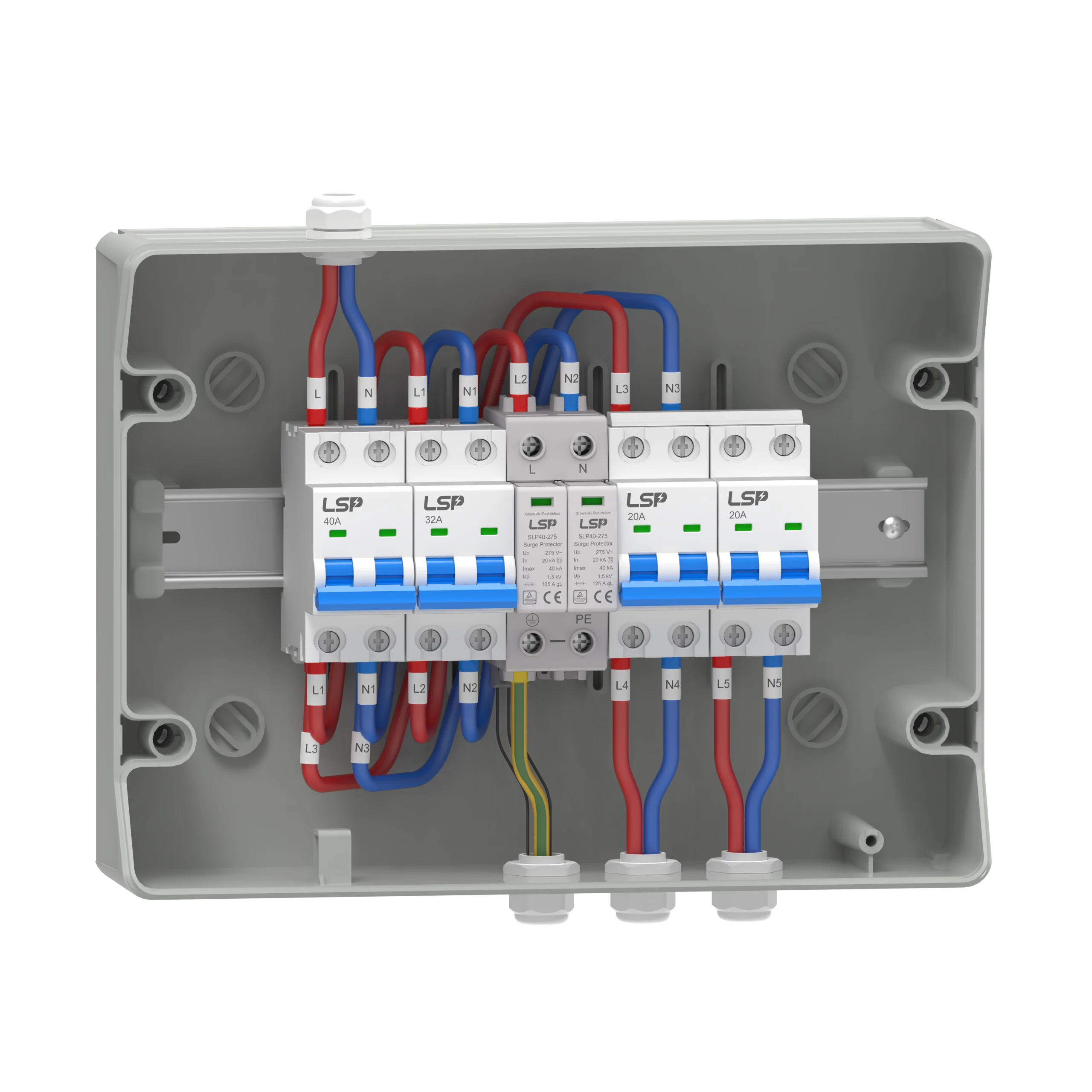“Solar power distribution box wiring”
Introduction to Solar Power Distribution Boxes
A solar power distribution box, also known as a combiner box, is a critical component of a solar power system. Its primary function is to combine the DC power output from multiple solar panels and distribute it to the inverter, charge controller, or other system components. The distribution box also provides a safe and convenient location for connecting and disconnecting solar panels, monitoring system performance, and performing maintenance tasks.
Components of a Solar Power Distribution Box
A typical solar power distribution box consists of the following components:
- Busbars: These are the main conductors that carry the DC power from the solar panels to the inverter or charge controller. Busbars are usually made of copper or aluminum and are designed to handle high currents.
- Disconnects: These are used to isolate individual solar panels or strings of panels from the rest of the system. Disconnects are essential for maintenance, troubleshooting, and safety purposes.
- Fuses or Circuit Breakers: These protective devices are used to prevent overcurrent conditions and protect the system from damage.
- Monitoring Equipment: This may include current transformers, voltage sensors, and other devices used to monitor system performance and detect any issues.
- Grounding and Bonding: The distribution box must be properly grounded and bonded to ensure electrical safety and prevent shock hazards.

Wiring a Solar Power Distribution Box
Wiring a solar power distribution box requires careful planning and attention to detail. The following steps provide a general guide for wiring a solar power distribution box:
- Plan the System: Before starting the wiring process, it is essential to plan the system layout and ensure that all components are properly sized and configured.
- Install the Busbars: The busbars should be installed first, followed by the disconnects, fuses or circuit breakers, and monitoring equipment.
- Connect the Solar Panels: The solar panels should be connected to the busbars using the correct gauge and type of wire. The wire should be sized to handle the maximum current output of the solar panels.
- Connect the Inverter or Charge Controller: The inverter or charge controller should be connected to the busbars, following the manufacturer’s instructions and recommendations.
- Install Grounding and Bonding: The distribution box must be properly grounded and bonded to ensure electrical safety and prevent shock hazards.
- Test the System: Once the wiring is complete, the system should be tested to ensure that it is functioning correctly and safely.


Safety Considerations
When wiring a solar power distribution box, safety should always be the top priority. The following safety considerations should be taken into account:
- Electrical Shock: Solar power systems can produce high voltages and currents, which can be hazardous if not handled properly. It is essential to ensure that all components are properly insulated and grounded.
- Fire Hazards: Solar power systems can also pose fire hazards, particularly if the wiring is not done correctly. It is essential to use proper wiring techniques and materials to minimize the risk of fire.
- Personal Protective Equipment: When working with electrical systems, it is essential to wear personal protective equipment, such as gloves, safety glasses, and a hard hat.
Best Practices for Wiring a Solar Power Distribution Box
To ensure that the solar power distribution box is wired correctly and safely, the following best practices should be followed:
- Use Correct Gauge and Type of Wire: The wire used to connect the solar panels and other components should be sized to handle the maximum current output of the system.
- Keep the Wiring Organized: The wiring should be kept organized and tidy to prevent damage and ensure easy maintenance.
- Use Proper Connectors and Terminals: The connectors and terminals used to connect the components should be properly rated and securely attached.
- Test the System Regularly: The system should be tested regularly to ensure that it is functioning correctly and safely.
- Follow Manufacturer’s Instructions: The manufacturer’s instructions and recommendations should be followed when installing and wiring the solar power distribution box.
Common Mistakes to Avoid
When wiring a solar power distribution box, there are several common mistakes to avoid:
- Insufficient Wire Sizing: Using wire that is too small can lead to overheating and fire hazards.
- Poor Connection Quality: Poorly made connections can lead to electrical shock and fire hazards.
- Inadequate Grounding and Bonding: Failure to properly ground and bond the system can lead to electrical shock and fire hazards.
- Incorrect Component Selection: Selecting components that are not suitable for the system can lead to poor performance and safety issues.
Conclusion
In conclusion, wiring a solar power distribution box requires careful planning and attention to detail. By following the steps and best practices outlined in this article, you can ensure that your solar power system is safe, efficient, and reliable. Remember to always follow the manufacturer’s instructions and recommendations, and to take necessary safety precautions when working with electrical systems. With the right knowledge and skills, you can enjoy the benefits of solar power while minimizing the risks and ensuring a safe and reliable operation.
Recommendations for Future Work
As the solar power industry continues to evolve, there will be a need for ongoing research and development to improve the efficiency, safety, and reliability of solar power systems. Some potential areas for future work include:
- Advances in Inverter Technology: Improvements in inverter technology could lead to more efficient and reliable systems.
- Development of New Materials: The development of new materials and components could lead to more efficient and durable systems.
- Improved Monitoring and Control Systems: Advances in monitoring and control systems could lead to better system performance and reduced maintenance requirements.
By continuing to innovate and improve solar power systems, we can help to create a more sustainable and environmentally friendly energy future.





